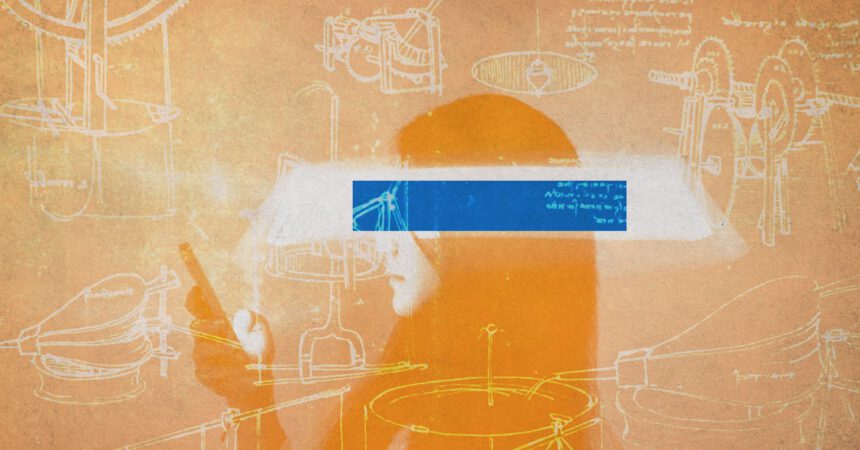
Until now, AI systems have been largely designed to be algorithm-based and focused on input and output. But there is a conversation going on in both the digital technology and education sectors about the positive value of multidisciplinary design, and the importance of outcomes beyond revenue maximization and scaled efficiency.
In 2024, creativity will drive innovation in AI. Until now AI has curated things, but the release of new generative tools offers enormous opportunities for creators. Guided by creative technologists and leaders on both sides of the creative-tech divide, AI in 2024 will be thoughtful, more inclusive, and impact-led. Contrary to the belief that AI systems stifle creativity, this will catalyze inventiveness in corporations and academia. Here’s what we can expect:
The Renaissance humanist and polymath Leonardo da Vinci is the poster child for multidisciplinary innovation: painter, draftsman, engineer, scientist, theorist, sculptor, and architect, his work spanned anatomy, astronomy, botany, cartography, painting, and paleontology. In today’s era of intelligence, the field of human-centered speculative design—which investigates the nexus between science, technology, and humans—will go through its own renaissance in the tech industry.
Speculative designers, creative technologists, and computational designers working with AI, hybrid, and mixed realities will be reshaping the very digital tools they have been using. They place less value on the product and more on the process and considerations around responsible and ethical AI.
In 2024, liberal arts universities will double down on programs which will, through research, new courses, and knowledge exchange, enable creatives to leverage code as a tool and AI as the material they shape. Core institutions include Stanford’s Human-Centered AI Lab and University of the Arts London’s Creative Computing Institute, established in 2020 at the intersection of creativity and computational technologies, where academics explore critical frameworks in decolonization, decarbonization, and issues of social justice.
We will see initiatives in creative and ethical technologies from Big Tech, and investment in sandboxes and incubators similar to the platform I founded, Open-Ended, looking at generative AI and large language models across the emerging technology spectrum.
Google’s creative tech-led AI team, Mural, is part of its machine learning research umbrella. Mural channels speculative design to consider how AI can benefit society and the planet to “question, provoke … and explore alternative imaginaries for AI,” and bring these back to Google’s core AI research. In 2024, Mural will partner with the University of Applied Arts in Vienna to engage AI with postindustrial and speculative design, led by lecturer Anab Jain.
By 2030, $134 billion will have been invested in immersive technologies, with a need for new content and ideas. We will see research-driven creative collaborations with robotics, gaming, and digital platforms. Artists who explore human and machine intelligence will propose a reconsideration of the formula-based concept of “intelligence” which is built into AI systems, to include creative intelligence, empathy, the intelligence of other species, as well as the wisdom of Indigenous cultures.
Such creatives are growing in number and influence. Polymathic choreographer Wayne McGregor is launching a project with Niantic in 2024 on the concept of “embodied physical intelligence.” Artists such as Es Devlin and Refik Anadol fuse art, science, and tech in interrogating and leveraging AI systems; they showcase their practice virtually and across the world, from the Museum of Modern Art to the World Economic Forum and UN General Assembly.
In 2024, how we design for AI will not be standalone. It will be woven into global issues: economic inequality, culture and creativity, geopolitics, the future of food, energy independence, and climate change. In the vein of the speculative design model, there is no need for clear “solutions”: There is a need for prioritizing creativity, humanity, and ecology.











